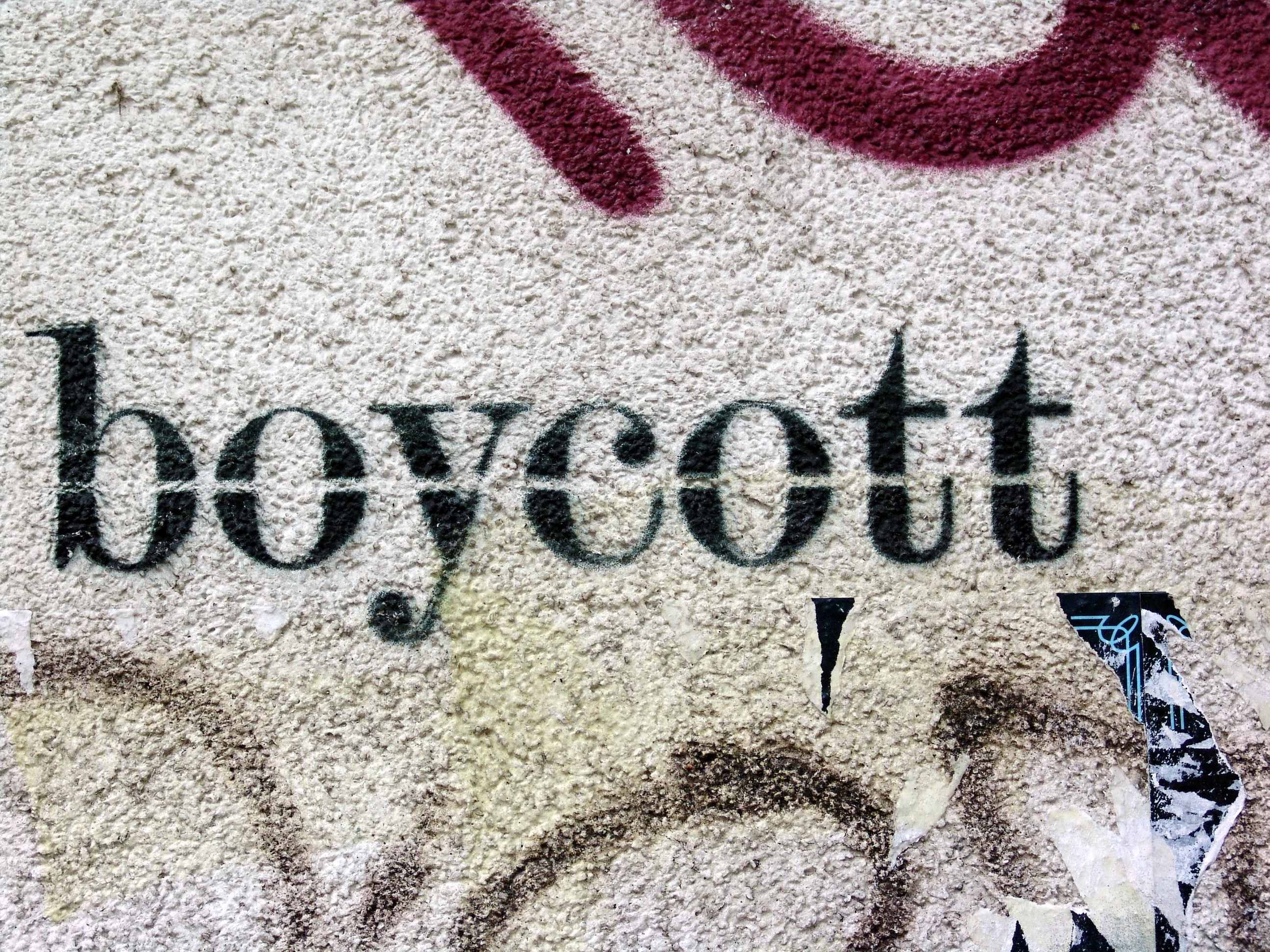In 1989, an “angry Michigan mother” began a letter-writing campaign. It was directed at massive corporations—Procter & Gamble, McDonald’s, Coca-Cola, and Kimberly-Clark—urging them to pull their advertising from the top-rated television show airing on a young network called Fox. The show was Married… With Children, a sitcom about the trials and tribulations of a misanthropic lower-middle-class family in suburban Chicago named the Bundys. The Michigan mother’s problem with the show was its “blatant exploitation of women and sex and anti-family attitudes.”
Her campaign was successful, in a way. Enough advertisers dropped their buys for the show that Fox decided to pull a February 19th, 1989, episode entitled “I’ll See You In Court.”
But then something funny happened.
Reports about the successful boycott began to dominate the news, the stories themselves bringing an awareness of the show to a new group of viewers who decided to check out what all the fuss was about. Ratings shot up, to the point where advertisers could no longer, in their own self-interest, ignore the audience. The boycott became old news, letters stopped coming in, and Married… With Children went on to air another 210 raunchy episodes.
So, was the letter-writing campaign really a success?
“Stop doing this, or this will happen” works in some cases, but better when it’s in conjunction with “If you stop, you’ll get this.”
Such is the fickle nature of advertiser-based boycotts: They work only as long as the numbers of people watching, or viewing, or clicking remain low enough to warrant not buying ads.
(They’re also a double-edged sword. If you’re not a fan of Bill O’Reilly, then you likely cheered his ousting by Fox News on the heels of a consumer-led advertiser boycott. But perhaps you felt differently in 2014, when that tactic was used by those participating in #GamerGate to urge advertisers to pull their buys from Gawker, an action that cost the company “seven figures” in revenue, a financial obstacle that may have helped pave the way for the lawsuit that resulted in the site’s shuttering.)
But what about consumer-led, consumer-participant boycotts, where the only action taking place is consumers not purchasing the corporation’s products anymore? It’s still unclear how effective these boycotts are.
A 1986 analysis on stock prices of corporations targeted by boycotts found that, immediately after the boycott was announced, there were “statistically significant decreases in stock prices for the target firms.” Additionally, each corporation’s market value dropped by an average of more than $120 million over the two months following the announcement. Beyond the bottom line, a 1995 analysis found that boycotts were an “effective tool in influencing managers to change a company’s behavior.”
But more recent analyses suggest the effects of a boycott aren’t so clear.

A 1997 analysis found that a corporation’s value actually increased the day that news of the boycott reached the public, possibly owing to the same kind of “Streisand Effect” bounce that sent ratings for Married… With Children skyrocketing. In 2012, Paul Koku, a professor at the Florida Atlantic University’s College of Business, analyzed the effectiveness of consumer boycotts launched over the Internet. He found they were “ineffective in inflicting economic harm on the targeted firm.”
Why do these boycotts, then, work sometimes but not others? It may be a matter of approach. As Brandon Steele, a a senior manager at Future 500, told the Guardian in 2015: “Smart campaigners combine boycotts with carrots such as brand promotion if a company makes a change, and other types of sticks if it does not, such as targeted protests, social media campaigns, and brand-jacking.”
The carrot-and-stick approach is also common sense. Boycotts are a type of negotiation. Participating consumers want an action to be taken by the corporation, but, for the action to make sense from a corporation’s point of view, it must result in either retaining or increasing profits. If not, why would they take action? The approach of carrot-and-stick also forces those initiating the boycott to home in on their demand. “Stop doing this, or this will happen” works in some cases, but better when it’s in conjunction with “If you stop, you’ll get this.”
Of course, sometimes the corporations don’t need to do anything, particularly when the boycott in question concerns deeply held beliefs about social issues. Last year, Freakonomics dissected the effectiveness of the boycott against Chick-fil-A over the company’s stance on same-sex marriage: “The boycott was in 2012. In 2015, the U.S. Supreme Court ruled that same-sex marriage is a Constitutional right, and that every state in the U.S. must allow it. So, did the Chick-fil-A boycott generate noise that drove attention to the issue? Or, did the issue’s preexisting momentum create an environment for the boycott to make a lot of noise?”
In fact, Chick-fil-A saw 18.1 percent growth in 2015 without doing much other than being relatively quiet about gay marriage. That, evidently, was enough to keep Chick-fil-A growing, after the Supreme Court ruling made the company’s stance seem mostly irrelevant.
Which is a lesson for corporations. When it comes to social issues, it pays to be on the right side. But even if you’re on the wrong one, keeping your mouth shut and waiting for it to blow over seems to work just as well.




